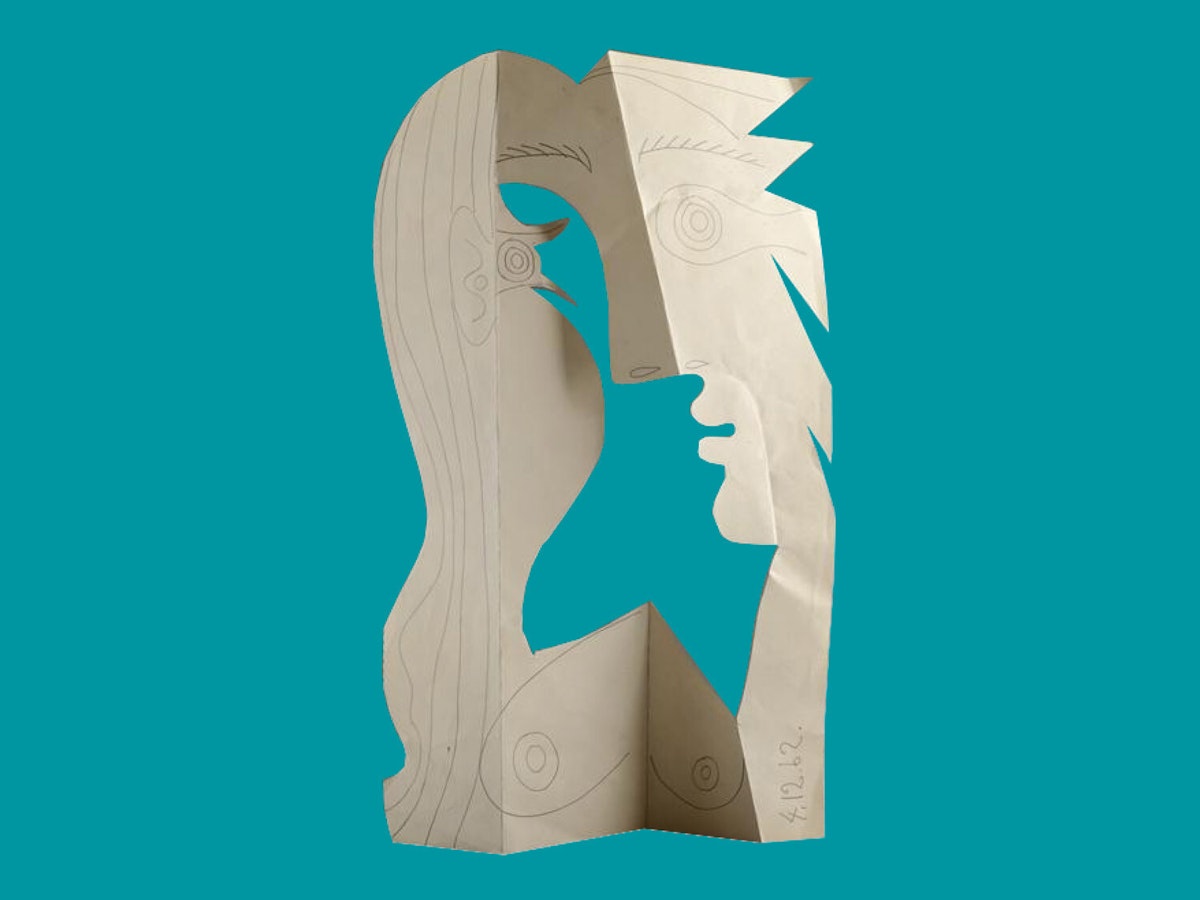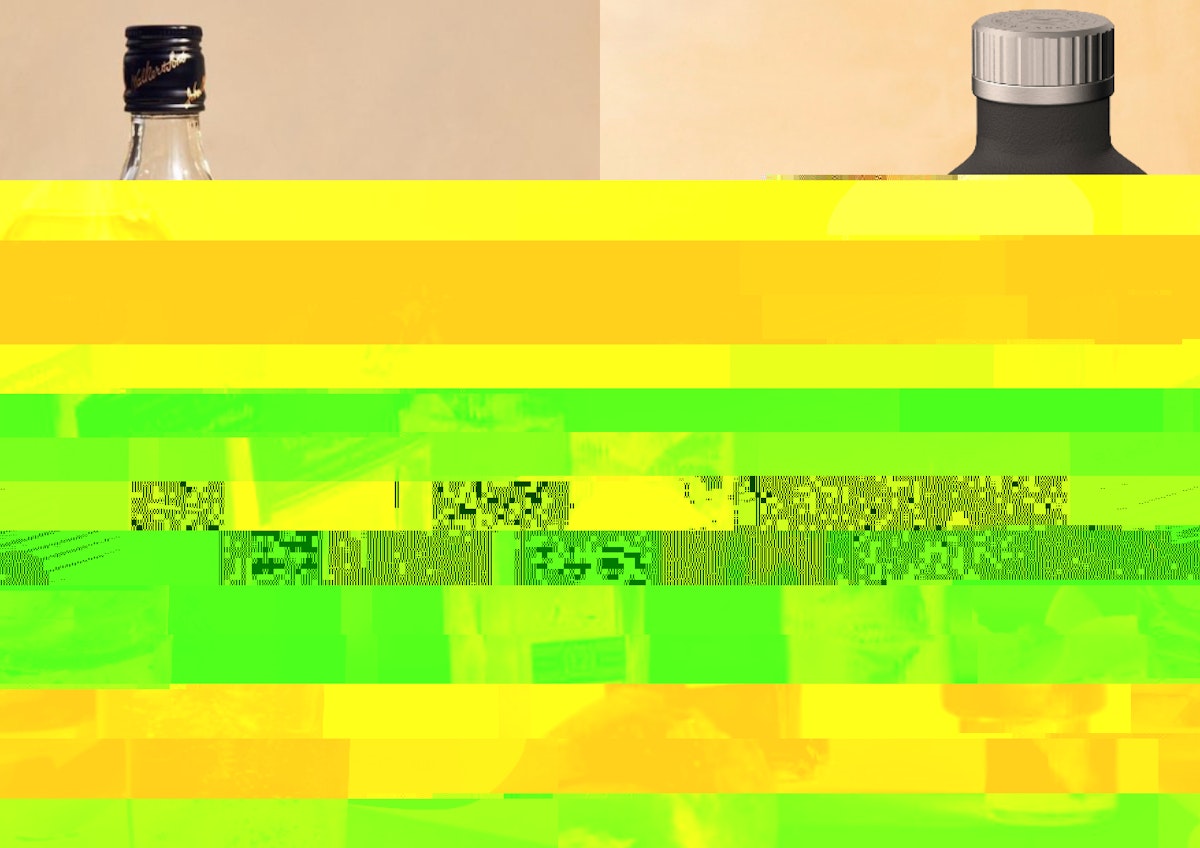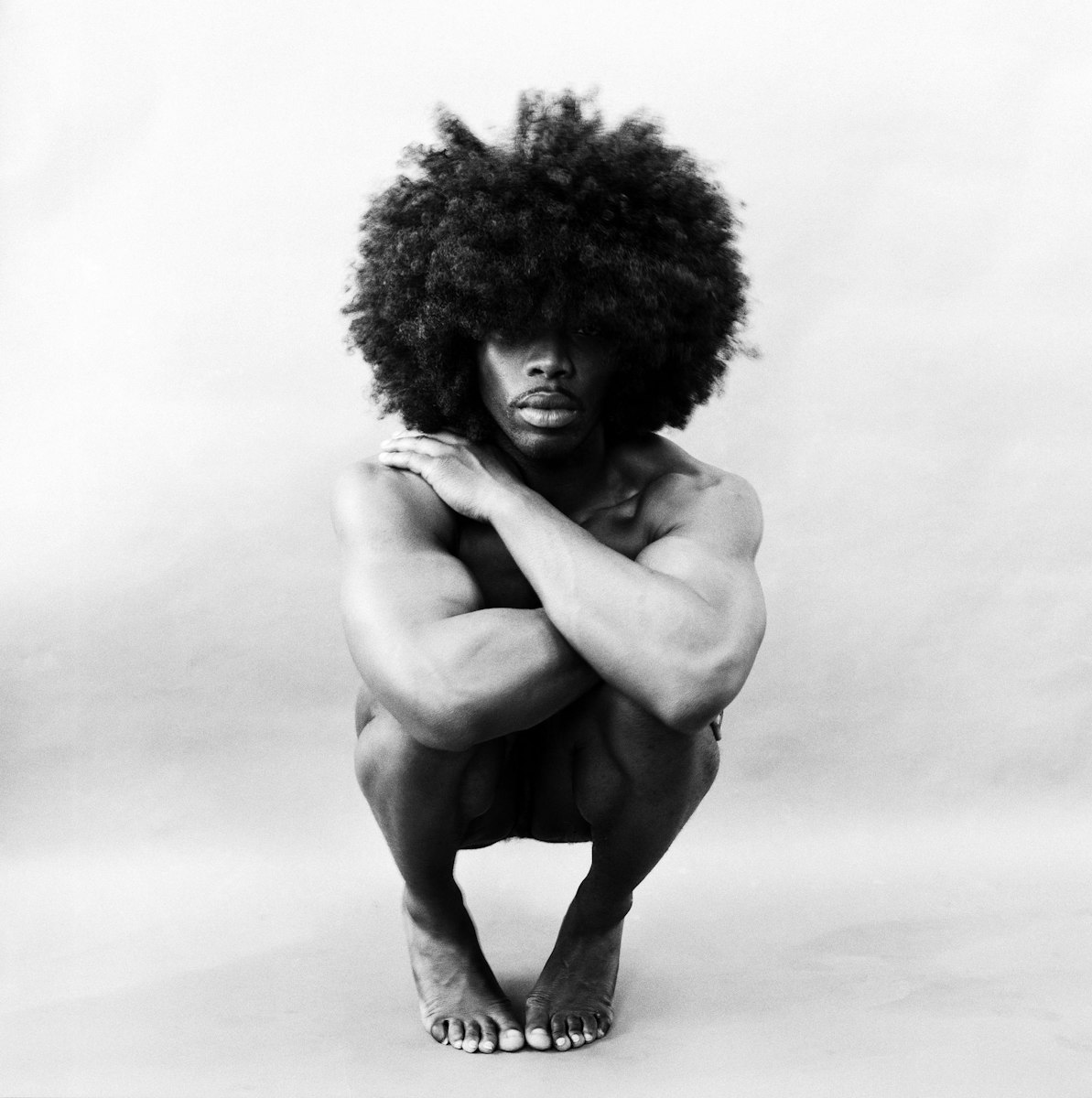
10 Jul 2020
Painting a Clearer Picture
Lockdown has certainly been bleak, and we all need a little colour in our lives. As one of the worst-hit industries during the coronavirus pandemic, the arts certainly needs a shot in the arm. The government’s £1.5 billion bailout fund might just scratch the surface, but we need to do more to pour love and support back into one of the key pillars of the creative economy.
As galleries across the UK re-open this week, the SODA team take a look at some of the most anticipated and innovative exhibitions to sink your teeth into. Ranging from pregnancy to masculinity, from paper to print, these exhibitions demonstrate the breadth of culture our arts have to offer.
Whichever one you choose, be sure to book in advance - and always wear a mask.

Pablo Picasso, 'Head of a Woman' (1962).
Picasso and Paper, The Royal Academy
The RA opens its door again to friends of the Academy from the 9th July and to the rest of the public from the 16th July. The re-opening will give us one last chance to see the critically acclaimed exhibition Picasso and Paper. The major exhibition spans Picasso’s 80-year career and features 300 works, including studies for ‘Guernica’ and a 4.8-metre-wide collage.
The exhibition focuses on Picasso’s use of paper as both a tool to explore his ideas and as material to create art. Picasso spent decades investigating printmaking techniques, sourcing rare and antique paper from as far as Japan – and all without losing his compulsion to draw on every last scrap.
You will see Picasso’s creative process first-hand in remarkable documentary footage of the artist at work and sketchbooks where the seeds of revolutionary masterpieces first took shape, including Les Demoiselles d’Avignon. Letters, illustrated poems and photographic collaborations with Dora Maar will also offer glimpses into the artist’s life.
Open until 2 August 2020.
Concessions available for NHS staff.

Andy Warhol, Ladies and Gentlemen (Helen/Harry Morales) 1975.
When Tate Modern reopens to the public on the 27th July, it will be extended its extremely popular exhibition that explores the work of one of the most instantly recognisable artists of the past century, whose work has adorned everything from album covers to gallery walls.
This major retrospective is the first Andy Warhol exhibition at Tate Modern for almost 20 years. As well as his iconic pop images of Marilyn Monroe, Coca-Cola and Campbell’s soup cans, it includes works never seen before in the UK. Twenty-five works from his Ladies and Gentlemen series – portraits of black and Latinx drag queens and trans women – are shown for the first time in 30 years.
Popularly radical and radically popular, Warhol was an artist who reimagined what art could be in an age of immense social, political and technological change.
Open until 15 November 2020.

Titian, Rape of Europa (1562).
Titian: Love, Desire, Death, The National Gallery
The National Gallery reopens on the 8th July and although entry is free, visitors must book their slot in advance for safety reasons. The gallery’s first major exhibition will be a reopening of the much-loved exhibition Titian: Love, Desire, Death.
The exhibition focuses around Titian’s series of world-famous paintings commissioned by Prince Philip of Spain in 1551 primarily taken from Ovid’s ‘Metamorphoses’. The exhibition reunites all of the 6 paintings from all over the world for the first time in over four centuries. Truly a once in a lifetime opportunity to see the paintings as Titian painted them to be viewed. The paintings show classical myths of love, temptation and punishments - themes which Titian returned to time and time again throughout his career.
Open until 17 January 2021.
Concessions available for NHS staff.

Rotimi Fani-Kayode, Untitled, c. 1985.
Spanning from 1960 to the present day, Masculinities at The Barbican investigates the depiction of manhood behind the lens, exploring masculinity as a coded, performed, and socially constructed phenomenon.
The #MeToo movement has provoked a forensic examination of toxic and fragile masculinity, alongside a renewed understanding of how gender can be mobilised as a sinister form of power. Yet, Masculinities also celebrates the complex and sometimes contradictory nature of gender. Exploring themes including queer identity, female perceptions of men, hypermasculine stereotypes, tenderness and the family, the exhibition positions photography and film as essential to the way masculinities are imagined and understood in contemporary culture.
Open until 23 August 2020.

G H Harlow, Sarah Siddons as Lady Macbeth.
Portraying Pregnancy: From Holbein to Social Media, Foundling Museum
The Foundling Museum invites visitors through their doors once more after they reopen on the 8th of July. They will be inviting their guests to book online to see their major exhibition Portraying Pregnancy: From Holbein to Social Media, set to be their most successful to date.
The exhibition explores representations of the pregnant female body through portraits, over 500 years. Until the 20th century, many women spent most of their adult years pregnant yet pregnancies are seldom apparent in surviving portraits. This exhibition brings together images of women – mainly British – who were depicted at a time when they were pregnant (visibly so or not). Through paintings, prints, photographs, objects and clothing from the fifteenth century to the present day, you can discover the different ways in which pregnancy was, or was not, represented; how shifting social attitudes have impacted on depictions of pregnant women; how the possibility of death in childbirth brought additional tension to such representations; and how more recent images, which often reflect increased female empowerment, still remain highly charged.
Open until 23 August 2020.

Like every industry, the Arts has undergone a seismic shift over the past four months. The return to galleries will be slow and staggered and our experiences of exhibitions might feel somewhat strange at first.
Yet, this change also offers an opportunity for these institutions to flex their creative muscle. As experts in spatial design, curatorial teams can undertake the tough yet exciting challenge of reimagining the gallery space as social distancing-friendly. Even exhibition tickets can be innovated. Why not turn them into branded face masks, asks design studio Isometric?
Creativity has time and time again proven its ability to survive and help mend a crisis. Galleries and cultural institutions can and will endure the post-coronavirus landscape, as long as it has our support.
- Words by The SODA Team






